Ashford’s 30 year Housing Revenue Account Business Plan is balanced and affordable despite “perfect storm of pressures”
Published: 18/12/2023
Ashford’s 30 year Business Plan for its Housing Revenue Account sets out clear priorities and succeeds in balancing the books in difficult times to continue to deliver services that are important for our tenants.
Following a November meeting, Cabinet Members heard that the plan had been compiled amid a ‘perfect storm’ of uncontrollable external factors and pressures – higher interest rates and inflation, the multiple demands on the council caused by the Social Housing (Regulation) Act, the cost of living crisis, which is increasing temporary accommodation burdens on the General Fund, and the fact that Stodmarsh nutrient neutrality issues continue to restrict the delivery of the new homes in our affordable homes programme pipeline.
Councillors were told that the plan remains “balanced, affordable and viable” and the council is able to deliver on the construction, decarbonisation, management and tenant engagement priorities of the HRA.
What is the HRA?
The Housing Revenue Account (HRA) is a ring-fenced account, which means the HRA, and its tenants do not contribute to the General Fund, which is funded by local taxpayers. Conversely, because it is fully reliant on its own revenue streams for all expenditure, there is no reliance on the General Fund, or council taxpayers.
Rental income from council homes and service charges are the main income sources for the HRA, while expenditure items include repairs and maintenance costs. Expenditure also includes interest charged on the borrowing that funds the council’s new-build affordable homes programme.
The HRA Business Plan report considers the priorities and ambitions of the HRA over the next 30 years. It is based on a series of assumptions, never more so than this year, despite rigorous horizon scanning to predict forthcoming changes. Much of the forecasting is focused on the first five years of the Plan, with as much detail as possible being provided on key areas, such as projects, major works, and resources.
Stock condition survey
A stock condition survey will be carried out to ensure every council-owned home meets decent homes standards and we are in the process of procuring a contractor who can undertake this survey. An ongoing rolling survey will follow. The costs included in the Business Plan are £600,000 for 2023/24 and £300,000 per annum on an ongoing basis.
The survey is due to start in January and be completed by summer 2024, and a contractor will be on hand to target any properties needing urgent repair. A further £5m has been added to the plan for each of the next five financial years to complete the work and address the repairing issues found during the survey work. The average spend per property, per annum is set at £1,200. An extra £220,000 has been added to the major works budget for the life of the plan to meet this level.
Repairs
Following a decision by Equans to terminate its repairs contract, the council has brought the repairs service in-house from 1 December. The assumption is that the project will be delivered within the existing budget, with estimated savings of £700,000 by year five of the Business Plan.
This work is critical to the housing service as it seeks to turn around the perception of the work undertaken on repairs in its stock. As well as efficiencies it will provide the council with a greater control over works.
Comments
Cllr Bill Barrett, Cabinet Member for Homes and Homelessness, said: “Given the huge change being handed down to the housing sector, I am delighted the council is able to embrace the new legislative requirements and adapt its plans accordingly. The past couple of years have been a challenge, as the service has tried to innovate to find ways to deliver new homes and keep its stock as resilient as possible, at a time of enforced inactivity, due to Stodmarsh nutrient neutrality.
“When those rules are eventually lifted, the council will be able to lead the way once again in providing new, energy efficient, quality homes that will make a real difference to those in housing need. But, more than that, this Plan shows that housing has its finger on the pulse and is delivering across management and maintenance areas, as well as addressing the real concerns of its tenants.”
Cllr Noel Ovenden, Leader of the Council, and Cabinet Member for Prosperity and Resource, said: “This year’s HRA update illustrates the challenges of making difficult decisions while balancing the books. I am satisfied that the Plan addresses the key issues facing the service, in terms of new regulation and heightened demand, while at the same time mitigating against the volatility of the external factors that sit outside of our control.
“I am pleased to see that the service is striking the right balance between commercialism and sensitivity on rent collection and that it is involving residents more in its operational and strategic decision-making. This culture shift illustrates how services can adapt and how local government can have a really positive impact.”
The Cabinet accepted recommendations to agree the priorities of the HRA set out in the Business Plan, the updated HRA Business Plan, and financial projections, and note the plan will be referred to Overview and Scrutiny Budget Task Group, as part of the budget scrutiny process.






